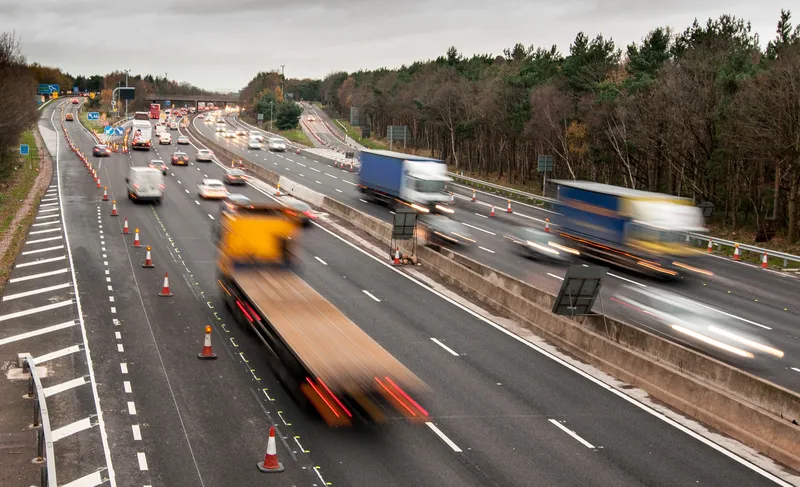
North Carolina Department of Transportation (NCDoT) is to use Iteris’ ClearGuide solution to provide smart mobility infrastructure management across the state.
Under a four-year contract, smart mobility infrastructure management specialist Iteris will provide its ClearGuide solution to improve the free flow of traffic.
ClearGuide provides real-time, historical and contextual transportation analytics. The Software as a Service (SaaS) solution will be available to NCDoT to support mobility and safety applications.
ClearGuide enables the analysis and visualisation of traffic data. Coverage throughout North Carolina will provide NCDoT and its partner agencies with a new method of analysing traffic data.
Under the contract, Iteris will provide the agency with a wide range of ClearGuide features, including bottleneck detection and alerts; dynamic maps to support detailed traffic analysis; and features to help identify and mitigate congestion.
These will include animations to analyse events and optimise response plans; historical trend reports and dynamic congestion charts to track reliability and support planning; dashboards for monitoring trends; and customisable analysis of major roadways for a wide range of Transportation Systems Management and Operations (TSM&O) applications.
ClearGuide is a major component of Iteris’ ClearMobility platform, which continuously monitors, visualises and optimises mobility infrastructure.
ClearMobility applies cloud computing, artificial intelligence, advanced sensors, advisory services and managed services to help keep roads safe and traffic moving efficiently, says the company.
“We’re happy to be contributing to making North Carolina’s roads safer and more efficient,” said Scott Perley, vice president, performance analytics at Iteris.
“With ClearGuide, NCDoT can apply our technology to produce real-time and historical visualisations to identify and improve problem areas.”
Iteris says that its cloud-enabled end-to-end solutions monitor, visualise and optimise mobility infrastructure around the world, and help bridge legacy technology silos to facilitate future transport systems.










